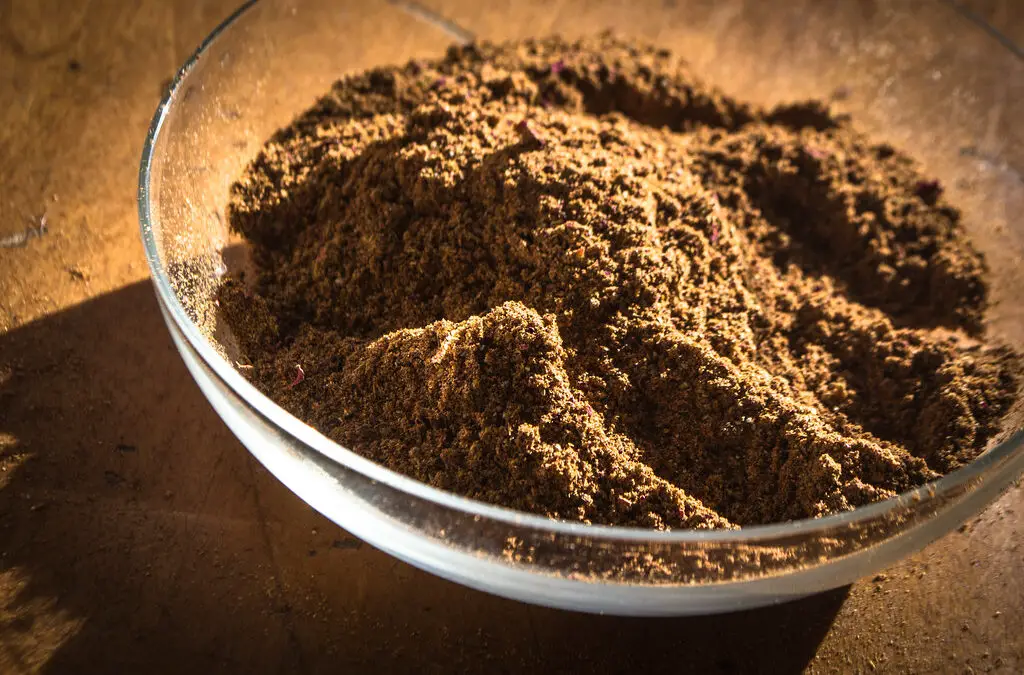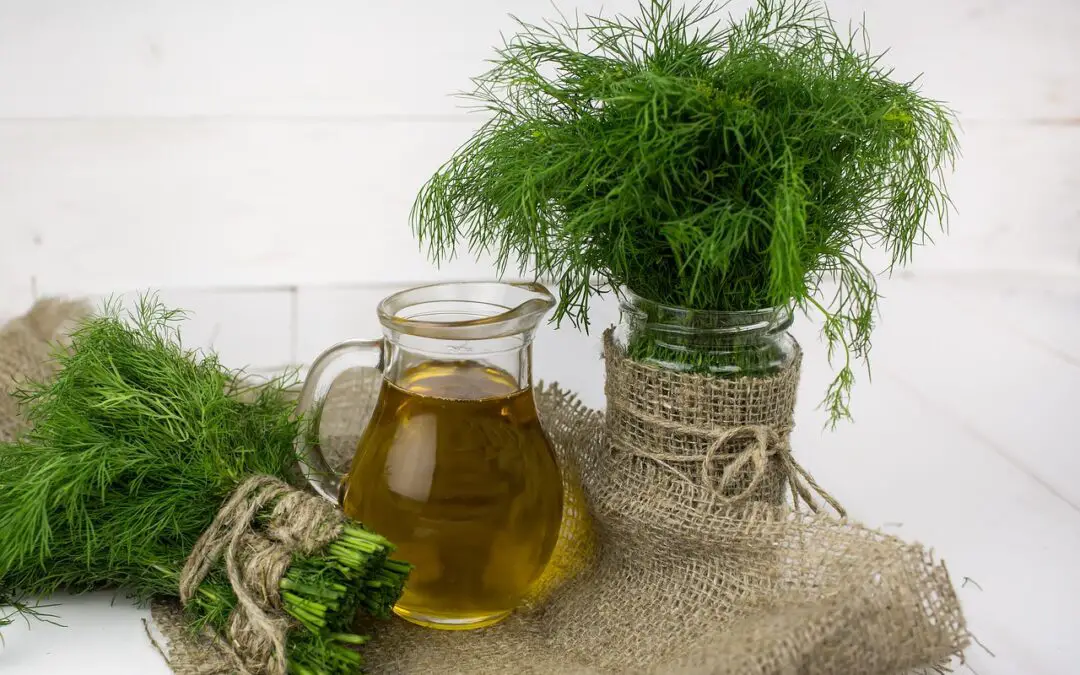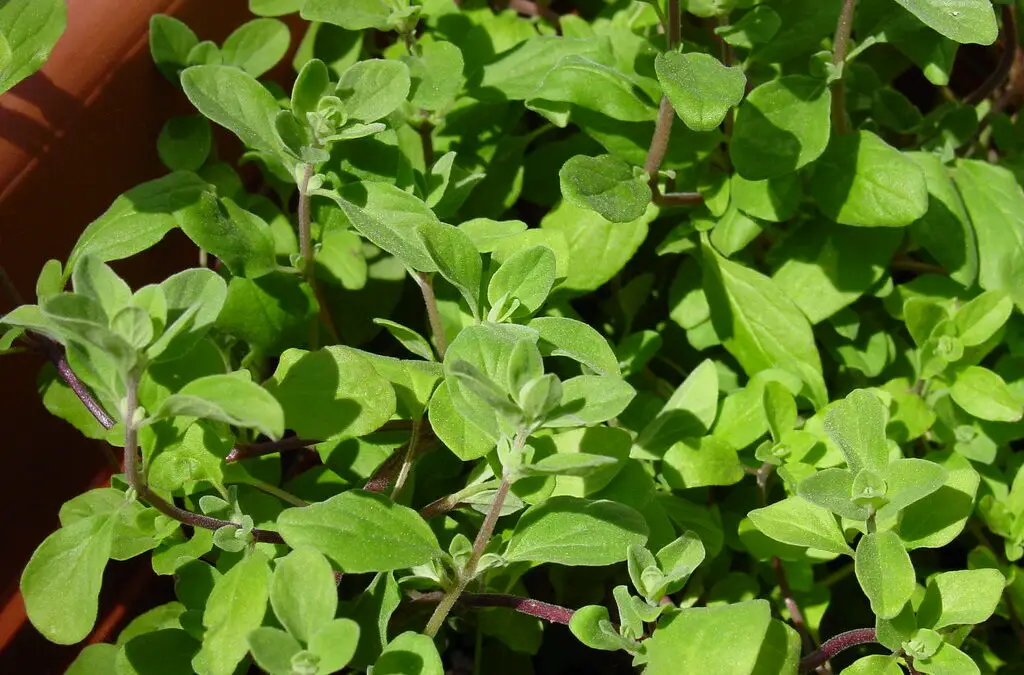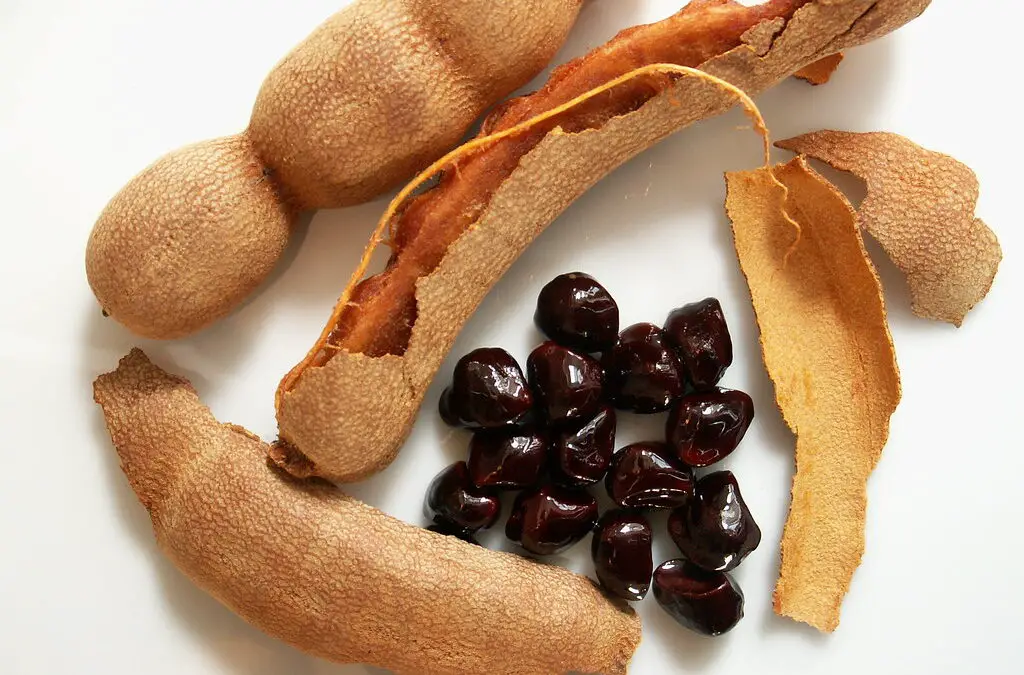Bay leaves are a common herb used in Middle Eastern cuisine. They are often used to add flavor to soups, stews, and sauces. They are also used in meat dishes, such as lamb and beef, to add a subtle, earthy flavor.
The leaves are harvested from the bay laurel tree, which is native to the Mediterranean region. The leaves are dried and used whole or ground into a powder. They have a robust, potent scent and a mildly bitter flavor. They are used sparingly in cooking, as too much can overpower the other flavors in a dish.
In Middle Eastern cuisine, bay leaves are a staple herb and can be found in many traditional dishes. They are often used in combination with other herbs and spices, such as cumin, coriander, and cinnamon. This is a versatile herb that can add depth and complexity to a wide range of dishes, making them an essential ingredient in any Middle Eastern kitchen.
History of Bay Leaves
These leaves have been an essential ingredient in Middle Eastern cuisine for centuries. The leaves come from the bay laurel tree, which is native to the Mediterranean region. The ancient Greeks and Romans used them in their cooking and even crowned their heroes with wreaths made from them.
In the Middle Ages, it was believed that they have medicinal properties and were used to treat a variety of ailments, including headaches and respiratory issues. They were also used as a natural insect repellent.
During the Ottoman Empire, the leaves became a popular ingredient in Turkish cuisine. They were used in dishes such as pilaf and stews and were also added to tea for their health benefits.
Today, bay leaves are still widely used in Middle Eastern cuisine. They are added to soups, stews, and meat dishes to add flavor and aroma. They are also commonly used in spice blends such as baharat and ras el hanout.
It is important to note that the leaves should always be removed from dishes before serving, as they can be a choking hazard. Additionally, they should be stored in a cool, dry place to maintain their flavor and aroma.
Culinary Uses
Bay leaves are an essential ingredient in many Middle Eastern dishes. They are used to add flavor to soups, stews, and other dishes. The leaves have a slightly bitter taste, and they are often used to balance out the sweetness of other ingredients.
European Cuisine
In European cuisine, these leaves are commonly used in soups, stews, and sauces. They are also used to flavor meat dishes, such as pot roast and beef stew. In addition, they are used to add flavor to tomato-based dishes, such as spaghetti sauce and pizza sauce.
Asian Cuisine
In Asian cuisine, you can find them in curry dishes. They are also used to flavor rice dishes, such as biryani. You can also find them in Chinese cuisine, where they are added to soups and stews.
Middle Eastern Cuisine
In Middle Eastern cuisine, bay leaves are used in a variety of dishes. They are often added to rice dishes, such as pilaf and biryani. They are also used to flavor soups, stews, and meat dishes and even to flavor tea.
These leaves are also used in Middle Eastern spice blends, such as baharat and ras el hanout. These spice blends are used to flavor a variety of dishes, including meat dishes, rice dishes, and soups.
Typically, they are removed from dishes before serving, as they can be tough and indigestible. They are often added to dishes at the beginning of the cooking process, as they take time to release their flavor.
Overall, it is a versatile ingredient that can be used in a variety of dishes. They are particularly popular in Middle Eastern cuisine, where they are used to add flavor to a variety of dishes.

Health Benefits of Bay Leaves
Bay leaves are a popular ingredient in Middle Eastern cuisine, and they’re not just used for their unique flavor. They also offer a range of health benefits that make them a valuable addition to any diet.
One of the most significant benefits is their ability to aid in digestion. They contain enzymes that help break down proteins and fats, making it easier for the body to absorb nutrients. This can help alleviate digestive issues such as bloating, gas, and constipation.
They are also rich in antioxidants, which can help protect the body against damage from free radicals. Free radicals are unstable molecules that can cause cell damage and contribute to the development of chronic diseases such as cancer and heart disease.
In addition, they have anti-inflammatory properties that can help reduce inflammation throughout the body. This can be particularly beneficial for those with conditions such as arthritis or asthma.
Other potential health benefits include:
- Lowering blood sugar levels
- Reducing anxiety and stress
- Promoting healthy skin and hair
- Boosting the immune system
Storing Bay Leaves
Bay leaves should be stored in an airtight container in a cool, dry place. This will help to preserve their flavor and aroma. A glass jar with a tight-fitting lid is a good choice for storing them.
It is important to keep them away from light and heat. Exposure to light and heat can cause the leaves to lose their flavor and aroma. For this reason, it is best to store them in a pantry or cupboard away from the stove or other sources of heat.
When storing these leaves, it is also important to keep them away from moisture. Moisture can cause the leaves to become moldy or discolored. To prevent moisture from getting into the container, you can add a small packet of silica gel or a piece of bread to absorb any moisture.
In summary, to properly store them, keep them in an airtight container in a cool, dry place away from light, heat, and moisture. Following these simple tips will help to ensure that they retain their flavor and aroma for use in your favorite Middle Eastern dishes.
Bay Leaves in Folklore and Tradition
Bay leaves have been used in various cultures for centuries, not just for culinary purposes, but also for their symbolic and medicinal properties. In Middle Eastern cuisine, these leaves are a staple ingredient in many dishes, including stews, soups, and rice dishes.
In ancient Greece, they used to be a symbol of victory and were used to crown victorious athletes and military heroes. The Romans also associated them with victory and used them to make wreaths for their military commanders.
Traditional medicine has employed these leaves to address various conditions, encompassing digestive troubles, respiratory ailments, and discomfort in the joints. Bay leaf tea is a popular remedy for colds and flu in many cultures.
In Middle Eastern folklore, they are believed to have protective properties and are used to ward off evil spirits and negative energy. Some people even place some leaves under their pillows to promote restful sleep and prevent nightmares.
Overall, they have a rich history and are deeply ingrained in Middle Eastern culture and cuisine. Whether used for their symbolic, medicinal, or culinary properties, they remain an important ingredient in many traditional dishes and rituals.
Possible Side Effects and Precautions
Bay leaves are generally safe to consume in small amounts, but excessive consumption can lead to certain side effects and health risks. Here are some possible side effects and precautions to keep in mind when using them in Middle Eastern cuisine.
Allergic Reactions
Bay leaves can cause allergic reactions in some individuals. Symptoms of an allergic reaction may include itching, swelling, hives, and difficulty breathing. If you experience any of these symptoms after consuming these leaves, seek medical attention immediately.
Digestive Issues
Consuming a large amount can cause digestive issues such as nausea, vomiting, and diarrhea. It is recommended to use them in moderation to avoid these side effects.
Pregnancy and Breastfeeding
There is limited research on the safety of consuming them during pregnancy and breastfeeding. It is recommended to consult with a healthcare professional before consuming the leaves if you are pregnant or breastfeeding.
Blood Sugar Levels
Bay leaves have been shown to lower blood sugar levels in some individuals. If you have diabetes or are taking medication to regulate blood sugar levels, it is recommended to monitor your blood sugar levels closely when consuming them.
Drug Interactions
Bay leaves may interact with certain medications, such as insulin, diabetes medications, and blood thinners. It is recommended to consult with a healthcare professional before consuming the leaves if you are taking any medications.
In summary, while bay leaves can add delicious flavor to Middle Eastern cuisine, it is important to use them in moderation and be aware of possible side effects and precautions. If you have any concerns about consuming them, consult with a healthcare professional.
Conclusion
Bay leaves are a staple ingredient in Middle Eastern cuisine, adding a subtle yet distinct flavor to dishes. They are also known to have health benefits, such as aiding digestion and reducing inflammation.
When using these leaves in cooking, it is important to remember to remove them before serving as they can be a choking hazard. Additionally, it is recommended to use fresh leaves rather than dried ones for optimal flavor.
Overall, they are a versatile and flavorful addition to any Middle Eastern dish. Whether used in stews, soups, or marinades, they add a unique taste that is sure to impress.




